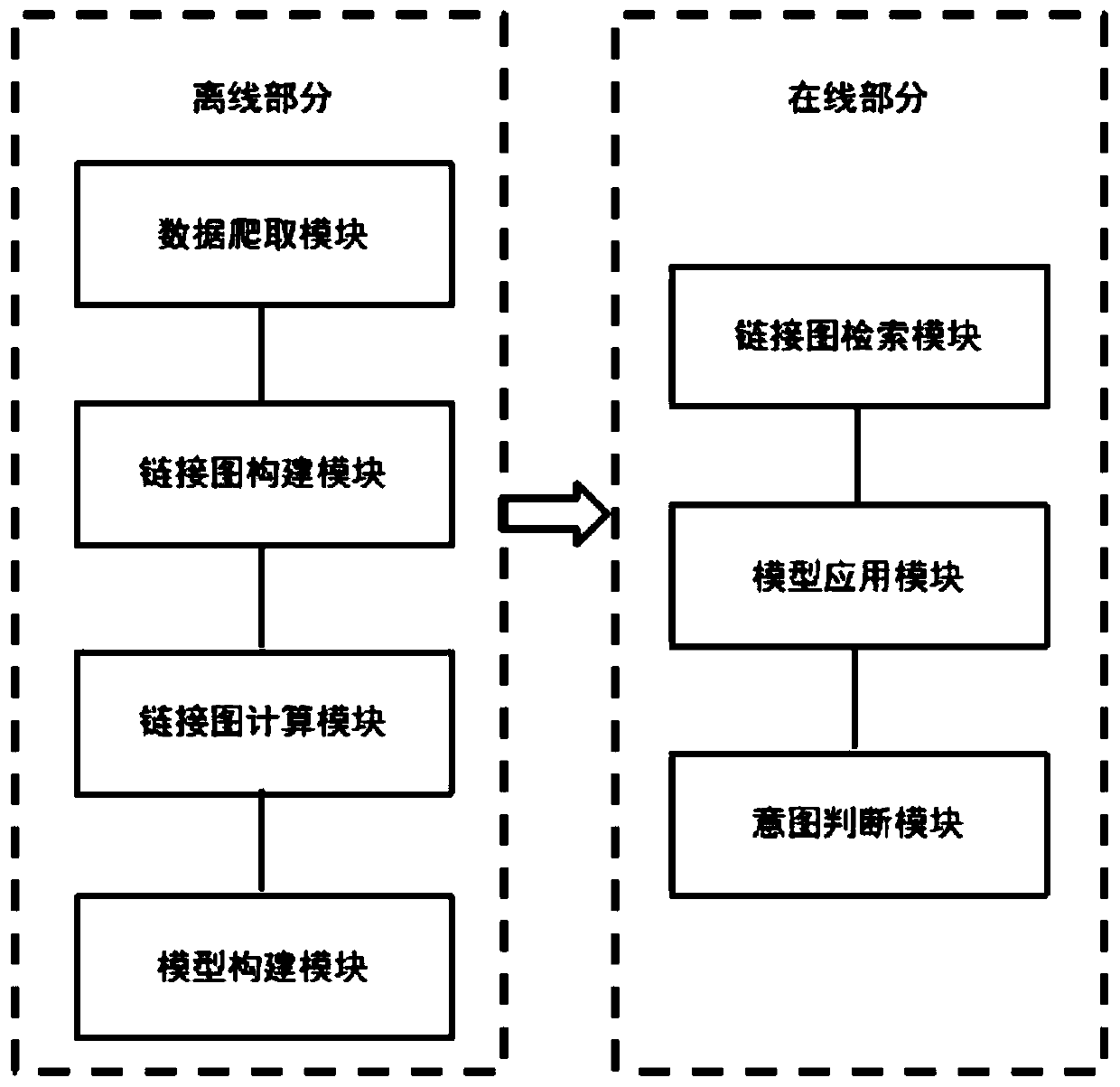User query intention understanding method and system based on knowledge base and deep learning
A deep learning and query intent technology, which is applied in the field of user query intent understanding system based on knowledge base and deep learning, can solve problems such as inability to extract abstract semantic information, ignore contextual relations, and weak feature expression ability
- Summary
- Abstract
- Description
- Claims
- Application Information
AI Technical Summary
Problems solved by technology
Method used
Image
Examples
Embodiment Construction
[0042] The following will clearly and completely describe the technical solutions in the embodiments of the present invention with reference to the accompanying drawings in the embodiments of the present invention. Obviously, the described embodiments are only some, not all, embodiments of the present invention. Based on the embodiments of the present invention, all other embodiments obtained by persons of ordinary skill in the art without making creative efforts belong to the protection scope of the present invention.
[0043] The problem of intent recognition is to enable search engines or applications such as man-machine dialogue to identify the most relevant information to the query entered by the user; If you want to know the weather, you can directly return today's local weather conditions to the user as a result, which will save the user's search clicks, shorten the search time, and greatly improve the user experience.
[0044] see figure 1 , figure 2 with image 3 ...
PUM
 Login to View More
Login to View More Abstract
Description
Claims
Application Information
 Login to View More
Login to View More - R&D
- Intellectual Property
- Life Sciences
- Materials
- Tech Scout
- Unparalleled Data Quality
- Higher Quality Content
- 60% Fewer Hallucinations
Browse by: Latest US Patents, China's latest patents, Technical Efficacy Thesaurus, Application Domain, Technology Topic, Popular Technical Reports.
© 2025 PatSnap. All rights reserved.Legal|Privacy policy|Modern Slavery Act Transparency Statement|Sitemap|About US| Contact US: help@patsnap.com



